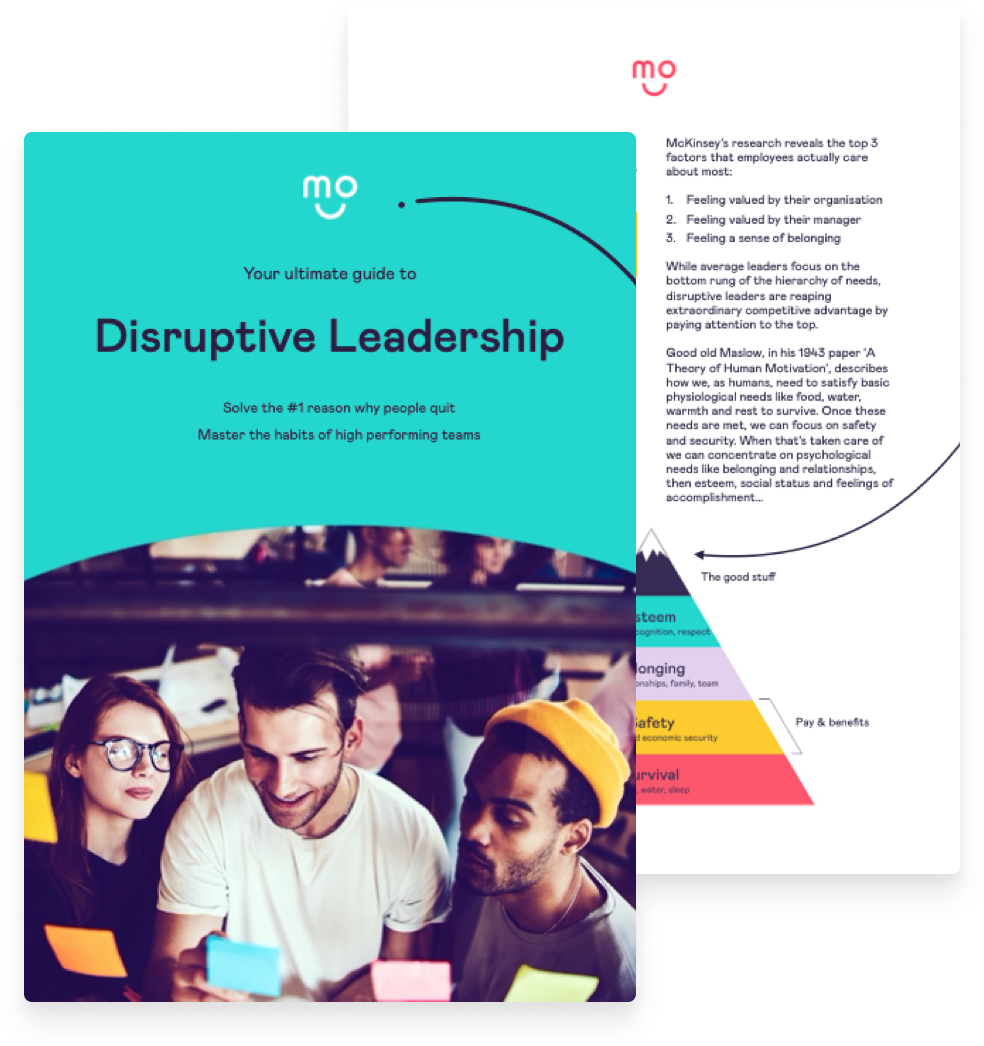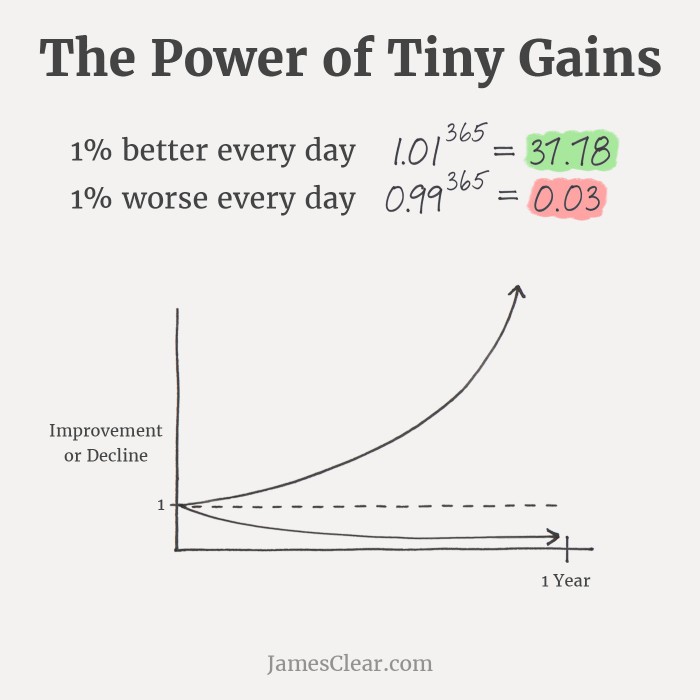We all know we should eat less cake, drink less beer and go to the gym. But in the moment, our lizard brain kicks in and overrides our well-intentioned prefrontal cortex. We eat the cake. We drink the beer. We forfeit CrossFit for Netflix.
Behaviour change is hard. But alas, disruptive leadership is all about instigating behavioural change: starting with yourself, then emanating awesomeness throughout your entire sphere of influence, which expands.
This is about way more than employee engagement. It’s about culture: creating the culture you need to deliver your strategy successfully.
Think of it this way: engagement is all about how people feel, while culture is about what they do, how they behave and interact… which produces engagement or disengagement (a contagious and toxic beast) as an outcome.
In a world where high-end talent can pick and choose where they work and live; where people expect autonomy, dignity, flat hierarchy, work-life balance, personal development and meaning… slapping some values on the wall does diddly squat if nobody behaves any differently.
It’s likely to make things worse, prompting eye-rolly scepticism if your team’s lived experience of work clashes with leadership rhetoric.
Don’t we just need a rewards and recognition scheme to help people feel valued and appreciated?” I hear you ask. Well, yes… but no, but….
If lack of recognition is the number one reason why people quit – if people are no longer willing to suck up being undervalued and unappreciated for their pay cheque – how come perks and financial, transactional rewards largely pan out to be damp squibs?
The reason is that true recognition and appreciation isn’t a top-down, broad brush, transactional thing.
Rather, what we need to get right are the hundreds of tiny micro-interactions we have with people every day, every week, week in, week out.
This is the stuff of high-performance culture. This is disruptive leadership.

Your Ultimate Guide to Disruptive Leadership
Get a FREE copy of our Disruptive Leadership guide today to help you master the habits of high performing teams!
In their seemingly minor interactions, leaders who aren’t mindful of their impact on others are losing people and strangling success. If their team members aren’t quitting, they’re likely to experience increased absenteeism (which cost UK companies £14 billion in 2020), including genuine health problems; and presenteeism, i.e. they’re there, but not doing their job – or at least not doing their best (which cost UK companies £15 billion in 2020).
So, young Jedi of positive disruption… what to do?
Well, it starts with education and awareness. We can’t fix what we’re not aware of, so deepening our understanding of our impact on our everyday interactions is crucial, not least because almost everyone underestimates it, particularly when busy or under pressure.
Tip #1 – Emanate belonging cues
When you see a disruptive leader in action, you’ll notice that they constantly signal ‘belonging cues’. The way they phrase their sentences and position feedback – it all screams, “You belong here, you’re a meaningful part of something that matters, and we share a future together.”
Tip #2 – Put tasks in big picture context
Disruptive leaders weave vision, mission, values and a sense of meaning and purpose into everyday conversations. This isn’t about grandstanding and addressing the troops en masse, it’s about the little things: putting the work – the tasks – in context. *
Disruptive leaders sprinkle magic meaning dust all over their team’s day-to-day work, so that even the most mundane of tasks is no longer another to-do, but a vital step on your journey towards world domination, saving the world, or <insert your purpose here>.
Tip #3 – Create psychological safety
Disruptive leaders of exceptional teams – not just in companies, but basketball coaches, Navy SEALs – also create psychological safety.
Psychological safety is often misunderstood because the word ‘safety’ conjures up notions of happy-clappy cultures where nobody ever gets upset <shudder>.
In reality, it means precisely the opposite. In a truly excellent team, there’s loads of conflict. And swearing. And sarcasm. And complaining.
I kid you not: a 2021 HBR survey of US office workers found 5 key things that high-performing teams do differently:
- Have better meetings
- Pick up the phone
- Bond over non-work topics
- Give and receive appreciation more frequently
- Show greater authenticity, including compliments, jokes, teasing, emojis, exclamation marks, gifs, swearing, complaining and sarcasm.
It turns out that taking the p*&$ out of your teammates reduces the ‘emotional labour’ (yes, that’s a thing, says science) that’s expended on suppressing your feelings… thereby freeing up more mental bandwidth to focus on the work.
In a psychologically safe team, you can get upset, disagree and bring your whole self to work. You can screw up, ‘fess up and learn… without fear of judgement or reprisal. It’s all about having a bunch of people around you whom you can trust.
Tip #4 – Deliver tough feedback with love
Disruptive leaders aren’t a soft touch, far from it: they hold people (including themselves) to a super high standard… but they do it with love. Experts at Columbia, Yale and Stanford agree that there’s a formula for ‘Magical Feedback’ that goes something like this:
“Look [insert name], I want to give you feedback because I truly want you to succeed here. Your success and growth here are critical. Our team depends on you with this project. I have high expectations for us all, and I believe you can meet them if you apply your strengths of [insert strengths].” This wording is effective because it weaves in 3 vital components: Connection, Belonging and High Standards.
Tip #5 – Sweat the small stuff
Disruptive leaders influence behaviour by changing how people experience work, one moment at a time, which changes lives (and results).
Too often we’re led to believe it’s the big, bold moves that create positive disruption, yet in truth it’s the small stuff that adds up.
Arnie’s abs don’t spring forth after one workout – rather, a consistent daily habit creates change that’s barely noticeable day to day… until one day you turn around and see the transformation.
The same goes for disruptive leadership. Do you take the time to acknowledge your teammates’ birthdays? Do you keep track of their work anniversaries? Do you prompt people to stop and reflect on their work, learning from what went right and wrong? Are you encouraging everyone to share wins, big and small?
The little things matter, just as they do in any relationship. Then some moments punctuate the landscape of leadership: 121s, coaching sessions, status meetings, nurturing people to aim higher and developing plans together to create momentum and positive outcomes… giving people a clear line of sight to the top of the hierarchy of needs, taking into account that every path and every destination is unique.
Do you feel like these moments are fuelled by peer-to-peer feedback, recognition and meaningful reflection on highs and lows? Do you remember to say thank you?
Tip #6 – Create habit loops
So far, so obvious, you might say. So if taking the time to make people feel recognised, valued and appreciated – helping people feel a deep sense of belonging and fulfilment – sounds so easy, how come we don’t do it?
Okay, disruptor of status quos… it’s time to face the Knowing-Doing Gap.
Primitive limbic lizard brain be damned… we’re gonna shoot that gap.
The secret lies in fostering new habits. Tincy wincy ones.
Dave Brailsford understood this. Back in 2003, he was hired by British Cycling to rectify their dismal track record after 110 years of Brits failing to win the Tour de France.
Dave’s strategy was all about ‘the aggregation of marginal gains’.
“The whole principle came from the idea that if you broke down everything you could think of that goes into riding a bike, and then improve it by 1%, you will get a significant increase when you put them all together,” he said.
After a few years of tweaking seats, shorts, suits, and goodness knows what else later… they had medals coming out of their ears. They won 60% of gold medals at the Beijing Olympics, set nine Olympic and seven world records at the London Olympics and won five Tour de France victories.
How come all these tiny tweaks made such an epic difference?
James Clear, in his book Atomic Habits, paints a picture of precisely what’s going on here:

How can Mo help you put this into practice?
We all know we should take the time to appreciate colleagues, celebrate success and share key activities and results – but it often doesn’t happen. Mo closes the knowing-doing gap by encouraging your team to share the Moments that matter… and it all starts with a Boost.
What is a Boost?
Boosts enable you to automate ‘prompts’ that encourage you and others to share moments. Share wins, results, employee appreciation, or anything you like!
You can choose from a library of Boosts – eg. ‘share weekly wins’ – or create a custom Boost. These simple automations take seconds to create, and recipients will be notified in-app and via email, prompting them to share their Moments.
Boosts empower everyone to cultivate the habits of high-performing teams, one moment at a time.
Boosts can help you boost cross-functional collaboration, create a focused high-performance culture, a culture of accountability, supercharge strategic planning and boost productivity.
If you want to see Boosts in action, book a demo with our team today!
Transform your culture with Mo

- Improve employee engagement scores
- Reduce employee churn
- Build a collaborative culture




